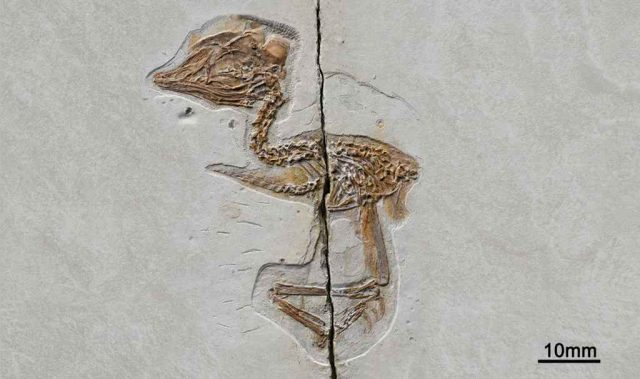
Asian Scientist (Sep. 18, 2013) – A team of Chinese and US scientists has determined the high-resolution atomic structure of a cell-surface receptor, known as CCR5, that most strains of HIV use to get into human immune cells.
The researchers also showed where maraviroc, an HIV drug, attaches to cells and blocks HIV’s entry.
“These structural details should help us understand more precisely how HIV infects cells, and how we can do better at blocking that process with next-generation drugs,” said Professor Beili Wu, the senior author of the study, which was published in Science Express.
The CCR5 receptor is one of the most sought-after targets for new anti-HIV drugs. Although the AIDS-causing virus infects cells via another receptor, CD4, HIV infection also requires a co-receptor—usually CCR5, which sits alongside CD4 on a variety of immune cells.
Scientists have sought to develop anti-HIV drugs that block the virus from binding to CCR5 or otherwise render the receptor inactive. Yet only a handful of CCR5-inhibiting compounds have been developed so far—and no one knows exactly how they work.
“One thing that we’ve lacked is a high-resolution molecular ‘picture’ of the CCR5 receptor structure that we can use for precise drug design,” Wu said.
CCR5 belongs to a large family of cell receptors known as G protein-coupled receptors (GPCRs). GPCRs are notoriously hard to produce in useful amounts for structural analysis.
With their floppy structures, they are also very hard to coax into the ordered, solid lineups of individual molecules—”crystals”—needed for structure determination by X-ray crystallography.
Eventually, however, the researchers used a novel “fusion partner” molecule that would hold CCR5 proteins together long enough to form usable crystals.
As in most receptor-structure projects, Wu and her colleagues further stabilized CCR5 with a compound that is known to bind to it, in this case the Pfizer drug maraviroc (sold under the brand name Selzentry®, or Celsentri® outside the US).
Marketed for HIV infection since 2007, maraviroc grabs hold of CCR5 in a way that prevents HIV from using the receptor to get into cells.
“Maraviroc was thought to lock CCR5 into an inactive conformation, and so we wanted to ‘see’ that conformation at high resolution,” said Wu.
The resulting crystallography data provided that fine-grained picture of CCR5’s HIV-resistant conformation.
The data also revealed maraviroc’s precise binding site on CCR5—a site from which the drug molecule clearly influences how the receptor works, even though it is separate from the sites on the receptor that are thought to be used by HIV.
Maraviroc thus appears to work against HIV indirectly: not by physically blocking the virus, but by locking the receptor structure into an HIV-insensitive conformation.
Comparison of the CCR5 structure with the previously determined structure of another receptor, CXCR4, also provided hints about an important aspect of HIV evolution during infections.
Most HIV infections start by using only CCR5 as a co-receptor for cell entry, but in time the virus often switches its co-receptor usage from CCR5 to CXCR4. That opens up more cell types to HIV infection, and the further spread of the virus inside the body is liable to speed up the disease progression towards full-blown AIDS and death.
The new data suggest that the distinction between CCR5 and CXCR4 as co-receptors for HIV infection boils down to relatively subtle differences in structural shapes and electric charge distributions in the HIV binding region—differences that will be of interest to HIV drug developers.
The article can be found at: Tan et al. (2013) Structure Of The CCR5 Chemokine Receptor–HIV Entry Inhibitor Maraviroc Complex.
——
Source: Scripps Research Institute.
Disclaimer: This article does not necessarily reflect the views of AsianScientist or its staff.












